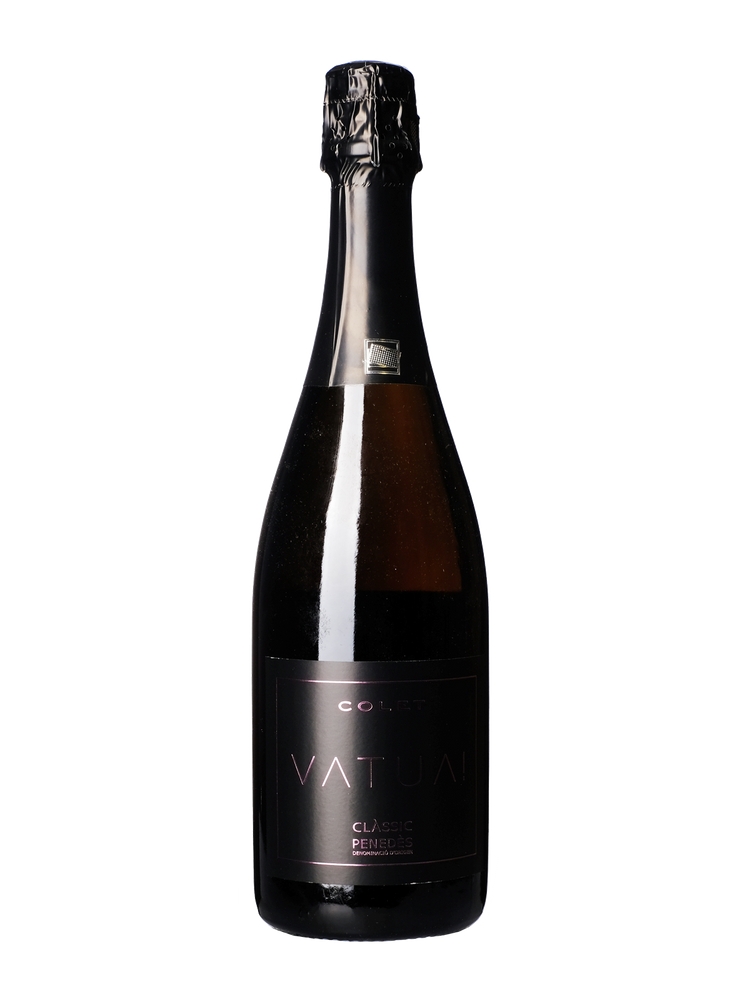Producers
France
To think of France is to think of great food, great art and (of course) great wine. French wine has a long, illustrious history and the winemaking industry in France is a source of great national pride. Home to some of the worlds most revered regions, including Bordeaux, Burgundy, Champagne, the Loire and the Rhône, France is a country that plays host to both established classics and innovative, new producers. We like to combine the best of both worlds in our offering. French wines that dance across the line between old favourites, and bold, enticing new trailblazers.
Spain
There has never been a more exciting time to be drinking and exploring Spanish wine. Regions like Rioja and Ribera del Duero often come to mind when Spanish wine is discussed. Yet outside of these famous spots, Spain has a stunning patchwork of emerging wine regions. Priorat, Navarra, Sierra de Gredos, Galicia and Jerez are all home to some of Spain's most dynamic wineries, helping to shake things up and re-define what Spanish wine can be. The possibilities are endless.
Italy
USA
American wine has battled through two world wars, the Great Depression and Prohibition to get to where it is today. It is therefore even more impressive to see how American wine can hold its own against its 'Old World' counterparts. In 1976, for example, the 'Judgement of Paris' tasting pitted top Napa wines against their French equivalents from Burgundy and Bordeaux. At this point, American wine was just finding its feet again after the end of World War II and didn't have the French benefit of hundreds of years of history and experience. Yet still, in every category, the American wine came out on top, and from there on it has only continued to flourish. Today American wine continues to be innovative, open-minded and exciting; home to many fabulous producers who never rest on their laurels.
Portugal
Portuguese wine has a lengthy and intriguing history and can trace its roots back to the Roman Empire. It's safe to say that quite a lot has changed since then. Though home to famed fortified wines Port and Madeira, Portuguese wine owes its modern popularity to its excellent still wines. Hundreds of unique grape varieties are native to Portugal, all perfectly adapted to thrive within its wide range of growing conditions. From the hot inland vines of Dao to the cool, coastal Algarve, Portugal has it all. Light whites to fuller reds, and everything in between, Portuguese wine is diverse and exciting with a style to suit everyone.
Australia
Australian wine has hit a sweet spot in recent years. A new, exciting generation of winemakers are coming into their own; redefining what 'Australian wine' means and throwing the rule book out of the window. Australian wine is moving away from its roots in heavy reds and rich whites, and gravitating towards lighter, fresher wines that better suit their environment. There has also been a big focus on planting Italian and Portuguese varieties, which suit the hot Australian climate to a tee. The classics are still thriving - classics are classics for a reason after all - but the future of Australian wine is all about innovation. We are embracing it!
Greece
Greece is one of the world's oldest winemaking countries. It's pretty hard not to imagine the Ancient Greeks without a glass of wine in hand after all. Greek wine is grown all across the country and is particularly intriguing to taste from its mountainous sites or Island regions. Here a combination of native, greek varieties flourish alongside French imports - such as Sauvignon blanc - and modern Greek winemaking is a wonderful balance between paying homage to its history, and embracing modern innovation.
Germany
German wine has its roots firmly planted (both physically and historically) on the banks of the Mosel river. It was here that the Romans planted Germany's first grapevines, where its first wine producers began life as Monasteries, and where German wine continues to thrive into the 21st Century.
Riesling is perhaps Germany's most famous grape variety, but there are a host of other great wines being made beyond this too. Plus, don't be fooled into thinking all German wines are sweet. From bone dry to luscious, there's a style here to suit every palate and ocacasion.


































































































































































